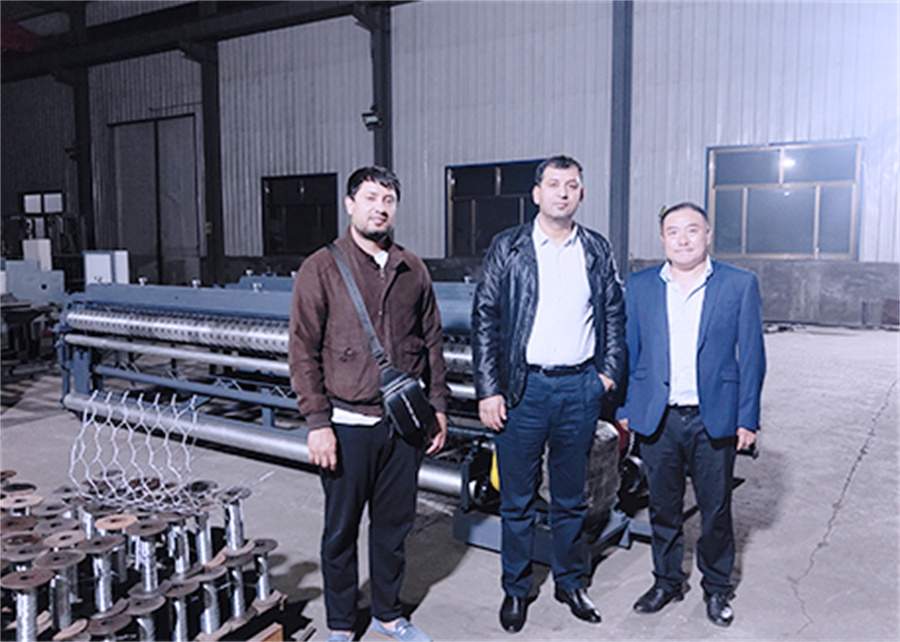Origin of Yuanxiao
The Lantern Festival, also known as Yuan Xiao Jie, is a traditional Chinese festival that marks the end of the Lunar New Year celebrations. The festival has a history that dates back over 2000 years and has deep cultural significance.
The origins of the Lantern Festival can be traced back to the Han Dynasty (206 BCE – 220 CE). According to ancient Chinese folklore, the festival began as a way to worship Taiyi, the God of Heaven, and was considered a symbol of the end of winter and the beginning of spring. As the legend goes, there were once fierce animals that would come out to harm people on the 15th day of the first lunar month. To protect themselves, the people would hang lanterns, set off fireworks, and light candles to scare away the creatures.
In addition to its religious and cultural importance, the Lantern Festival is also a time for family reunions, as it falls on the first full moon of the Lunar New Year. Families gather together to enjoy traditional foods, such as yuanxiao (sweet rice dumplings), and to admire the beautiful display of lanterns.
Today, the Lantern Festival is celebrated in many parts of the world, including Taiwan, Singapore, Malaysia, and Indonesia. In recent years, it has also gained popularity in Western countries as a way to celebrate Chinese culture and traditions.
In modern times, the festival has evolved to include various activities, such as lantern making competitions, dragon and lion dances, and folk performances. The tradition of releasing sky lanterns has also become a popular activity, with people writing their wishes on the lanterns before releasing them into the night sky.
The Lantern Festival continues to be a time of joy, unity, and hope for people of all ages, and its rich history and cultural significance make it a cherished tradition for millions of people around the world. As the festival continues to evolve with the times, its essence as a symbol of hope and renewal remains constant.




